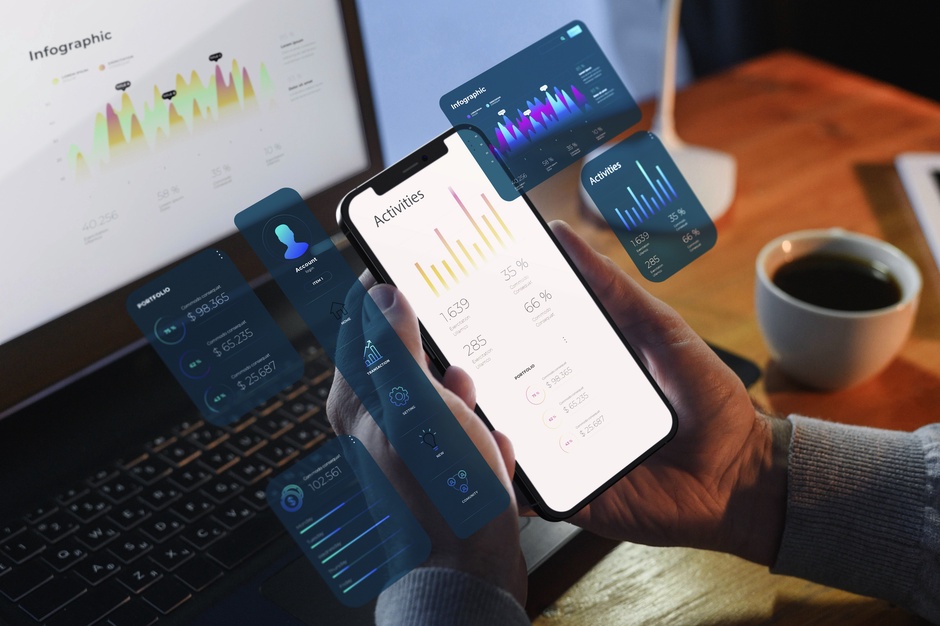The importance of non-functional web app needs
Once a clear roadmap with essential functionalities (defined or not in the form of use cases evaluated by a MoSCoW type method). It will be necessary to position oneself from the beginning of the project on the non-functional web app elements. That may relate to very different universes: what is the impact of the time to market are the security elements essential. Heavily dependent on the data to be handle cfr RGDP DSP2 or other regulatory framework beyond a due diligence consistent with the best practices of the market on the standard aspects of security type OWASP.
However, depending on the chosen positioning it will be necessary to quickly look at the elements of expected volumes. The number of connections quantities of information type images or files to exchange. The importance of the UX (according to the type of target audience) the need or not to be autonomous as to the scalability of the content put online through CMS “Content Management System”.

A web app in an ecosystem
Once the functional and non-functional elements has define and at this stage no line of code has yet been written. In fact, it is appropriate to think about the app design Dubai referencing strategy by identifying the key and differentiating contents of this web app. The need or not for sharing on social networks, in a word. The management of future traffic on the application and how it will be measured, monitored and managed.
Will the application be open to the outside (publication of external content with possible copyright, need for moderation of double validation content, etc.); depending on the case, the impacts on the architecture of the application will be critical.
Visual identity
In our journey through the design process of a web app, we have now reached the need for visual identity. Which will involve defining the UI “User Interface”, the brand identity to convey. The graphic charter to define or follow, the graphic elements to implement. The overall visual consistency of the application in its various components. Nevertheless, and the particularization of the visual universe according to the user typology and any element that will differentiate and help with the use of app design Dubai.
After the visual identity comes the creation of the content; it is essential to have a clear idea of the content to implement, which allows a real saving in implementation time later. Which infographics to highlight, which photos, which editorial tone to deploy. According to the proximity sought with the users of the application.
Steps of creating a web app
1. Publish your application on the appropriate devices
Once the visual identity of your application has define. The last tests and modifications have been carried out. And the marketing plan established, it is time to publish. To do this, it is important to first call app design Dubai. Do you want a mobile/tablet application, a web app or all?
If you opt for the web version, a second question arises, do you want a responsive site or not? Instead, knowing that “Responsive Design” is a digital interface design technique that ensures that. Besides, the display of a site automatically adapts to the size of the screen of the device on which it is read. Therefore, from this definition it is easy to imagine that to optimize the user experience on your web app, you must opt for the responsive version
In the case of a mobile/tablet application. Make sure you are present on both the Apple App Store and the Google Play Store to increase its visibility.
2. Keep your application up to date
A mobile application does not remain static, it must evolve over time. So, to ensure its sustainability, it must be regularly updated, based on user feedback.
There are several ways to obtain feedback:
- Collect quantitative data through application analysis;
- Collect qualitative data through surveys and interviews;
- Establish a personal connection by regularly discussing with the users of the application